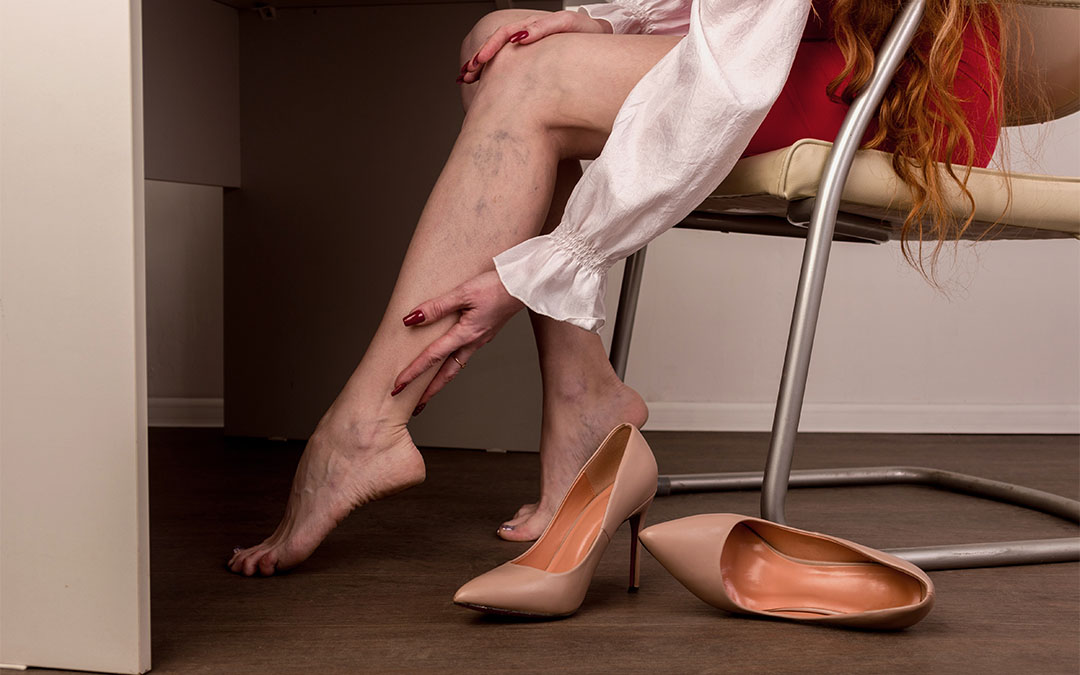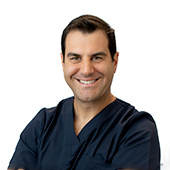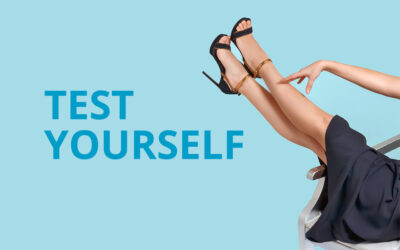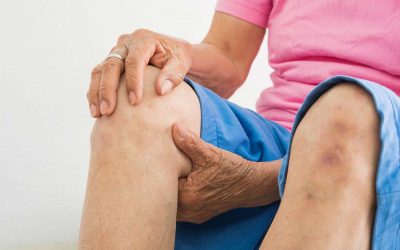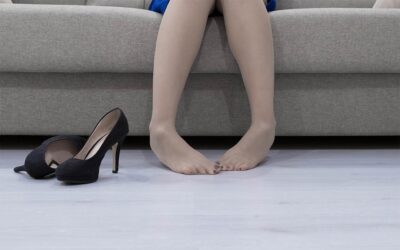If varicose veins have been identified up and down your legs and you have what seems like “a lot” of varicose and spider veins to be removed, it’s not uncommon to feel unsure about going ahead with treatment. Don’t I need these veins? Aren’t they performing a function that my body needs? Will my circulation work properly without them? Let’s answer these questions and figure out how best to move forward with treatment if you have varicose vein problems in your legs or groin.
Veins & Arteries
Here are three things you need to know about the anatomy of a vein to understand what goes wrong, causing a varicose vein.
- Healthy arteries conduct oxygenated blood around the body to the extremities powered by the heartbeat and with a little help from gravity.
- Healthy veins return deoxygenated blood to the heart and lungs. They do this with the help of one-way valves running along the interior of the veins. The valves open as the heart beats and then close to stop blood from flowing backward. These valves help fight gravity and move the blood
- Sections of vein can become incompetent at moving blood upward when the valves fail and don’t close properly, allowing blood to leak backward. The blood collects in the diseased section of the vein, causing a bulging vein, swelling, throbbing, pain, restless legs at night, itching, etc. This is a varicose vein.
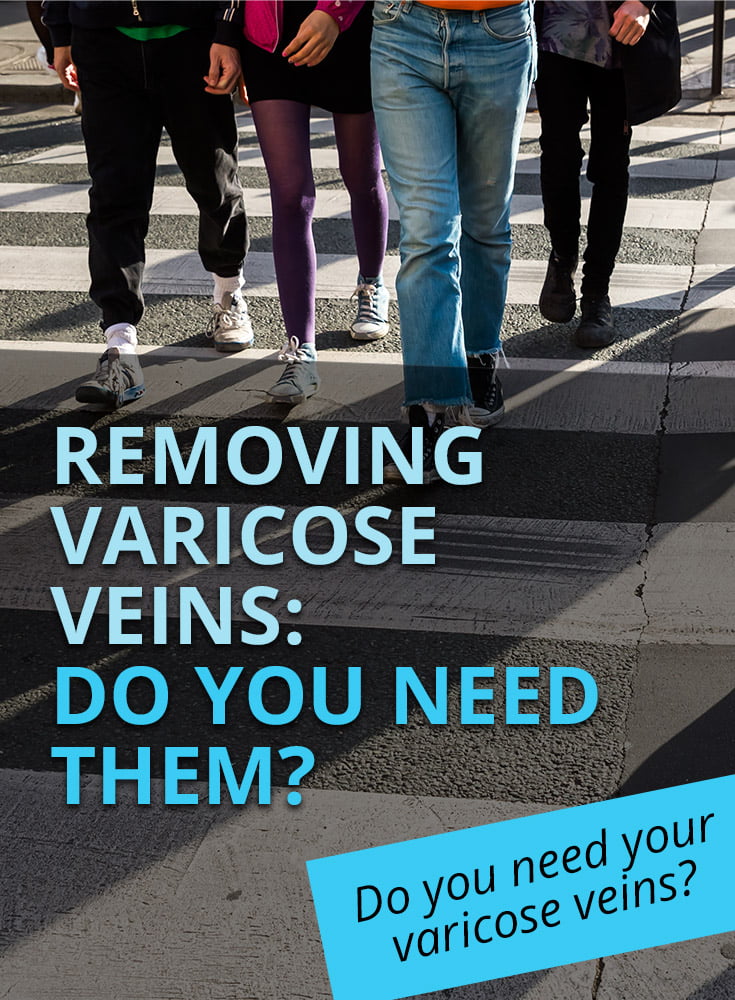
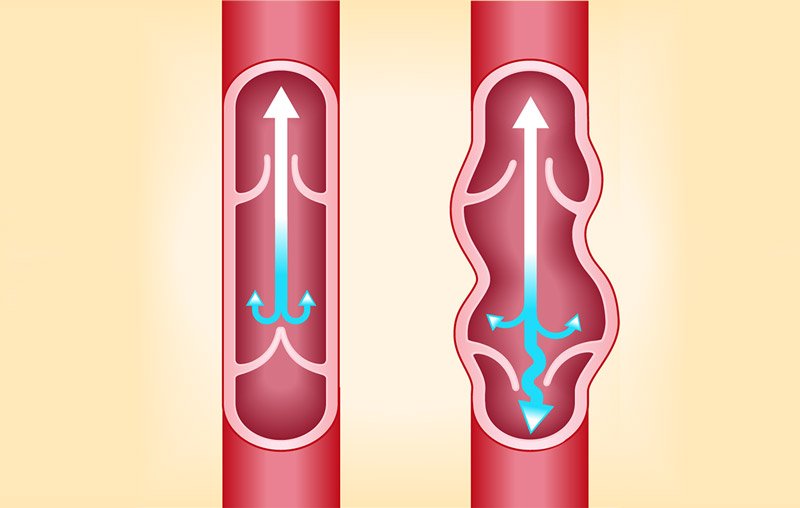

Removing Varicose Veins
Today’s state-of-the-art procedures for removing varicose veins mean the damaged or diseased vein is sealed shut and is then reabsorbed by the body as it heals. This can be accomplished with different procedures selected by the phlebologist based on the size, location, and severity of the vein, but ultimately, they all achieve the same thing: the vein is sealed closed, blood flow reroutes through other blood vessels, then the sealed vein is reabsorbed into the body.
Sclerotherapy and VenaSeal involve injecting a special solution or glue into the vein to close it off. With endovenous laser ablation or radiofrequency ablation, the vein is sealed off using radiofrequency or laser energy activated through a probe inserted into the vein. In each one of these treatments, the vein is rendered unusable and taken out of play, but your circulatory system will not miss the diseased veins. They’re already not functioning, and you don’t need them. When the offending vein is removed blood automatically reroutes to other pathways. You will always have enough other veins to do the job – in fact, the condition of circulation is improved by removing the problem veins.
Apart from improved circulation, there are other benefits to having varicose veins removed. Let’s address the symptoms. Pain, throbbing, restless legs, cramping, itching, and a burning feeling are all symptoms of varicose veins. Each one is caused by the blood being static in a section of the vein. The pooling of blood and pressure build up in the vein can increase inflammation and lead to these symptoms. So, when the vein is taken out of the equation, and the blood reroutes via other veins, there is no elevated pressure in the diseased vein anymore. That gives relief to these symptoms.
Untreated veins, however, can worsen. Going untreated just means that the pain and symptoms will continue – varicose veins do not heal on their own, and although there are a lot of claims online for home remedies, there is no evidence that they fix diseased veins. For many who are susceptible, they can develop into chronic venous disease.
Chronic venous disease comes with additional painful symptoms and greater risks like further swelling in the legs, discolouration, thickening of the skin around the ankle, venous eczema and break down of the skin so that sores develop. There is also a risk of further inflammation, infection, and blood clots.
There are plenty of reasons to get your veins done. When we understand their function properly, it’s easier to see how varicose veins are not doing their job and exactly how treatment relieves symptoms of these incompetent veins.
Key Takeaways
- Arteries conduct oxygenated blood around the body, veins conduct deoxygenated blood back to the heart, varicose veins are faulty veins that are not functioning properly.
- When a varicose vein is removed, the body finds alternative pathways with healthy veins to carry blood.
- When varicose veins are treated/removed, they are not missed by the circulatory system. Circulation is improved by it.




